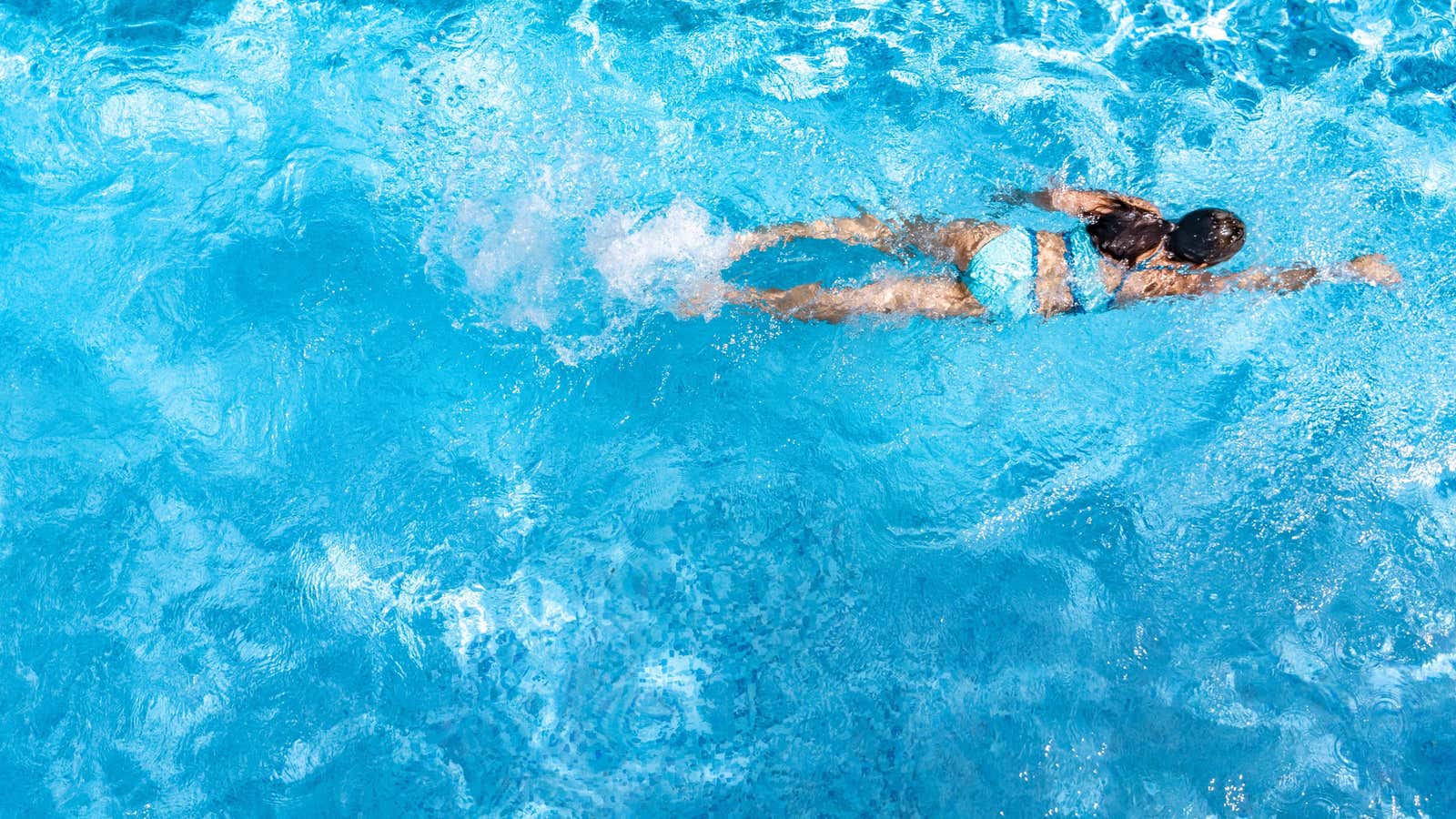How to Prevent Swimmer’s Ear

Now that summer is in full swing, people who are lucky enough to have their own pool (or at least live near one who has one) are probably spending a lot of time in the water. And while it’s a great way to cool off on a hot day, you can end up with less pleasant side effects like sunburn or an ear infection.
We know how to avoid sunburn , but what about swimmer’s ear? Here’s what to do to prevent ear pain and discomfort.
What is swimmer’s ear?
Swimmer’s ear, also known as otitis externa , is a redness, swelling, irritation, or infection that can occur when water gets stuck in the ear canal, giving bacteria and germs a chance to settle and multiply.
And you don’t have to spend a day in the water to get swimmer’s ear: It’s also possible to get an infection from showering, swimming, or being in a damp or humid environment. Swimmer’s ear is more common in children, but also in adults.
What does a swimmer’s ear look like?
In most cases, if we dive into a pool or get in our ears while showering, the water will flow out on its own. But sometimes it is not, and you feel like you have a bubble stuck in your ear and you make muffled sounds.
Luckily, water usually comes out on its own (especially if you lie on your side where the water is stuck and let gravity do its magic). But if this does not happen, water that gets into the ear can promote the growth of bacteria and infection of the ear canal.
Swimmer’s ear symptoms
In addition to the sensation of water in the ear , swimmer’s ear symptoms may include:
- redness of the external ear
- Itching
- Pain (especially when touching or wiggling the earlobe)
- Pus draining from the ear (which may be white, yellow, or yellow-green and smelly)
- Swollen glands in the neck
- swollen ear canal
- Heat
If you suspect you have swimmer’s ear, you should see your doctor, who will likely prescribe antibiotic or corticosteroid ear drops.
How to Prevent Swimmer’s Ear
Instead of dealing with swimmer’s ear, you’re better off preventing it from happening. Here are some ways to do it :
- Use earplugs and/or a bathing cap while swimming and showering.
- Use the edge of the towel to dry your outer ears once you’ve finished swimming or bathing.
- If water gets in your ears, tilt your head to the side to let it out.